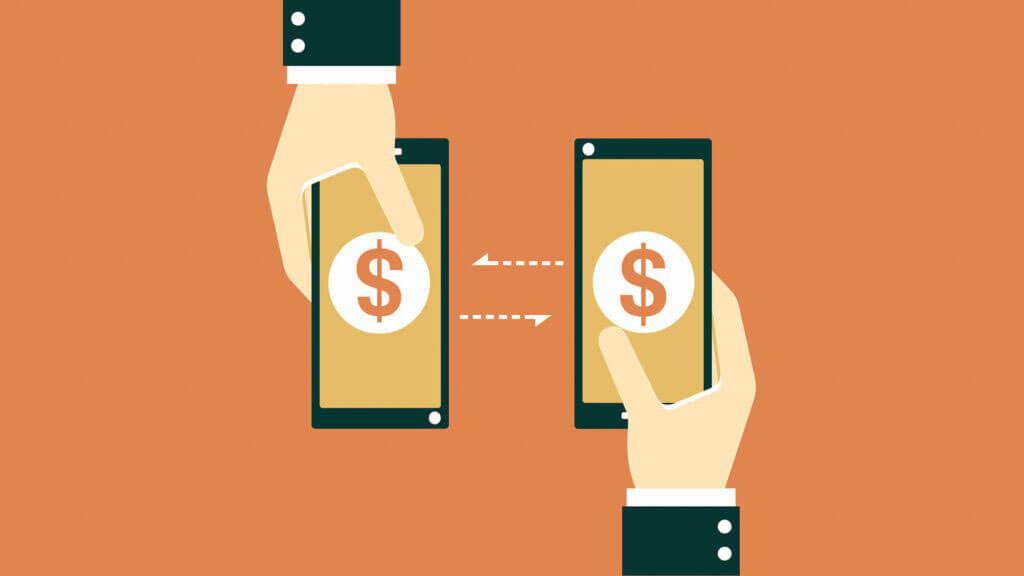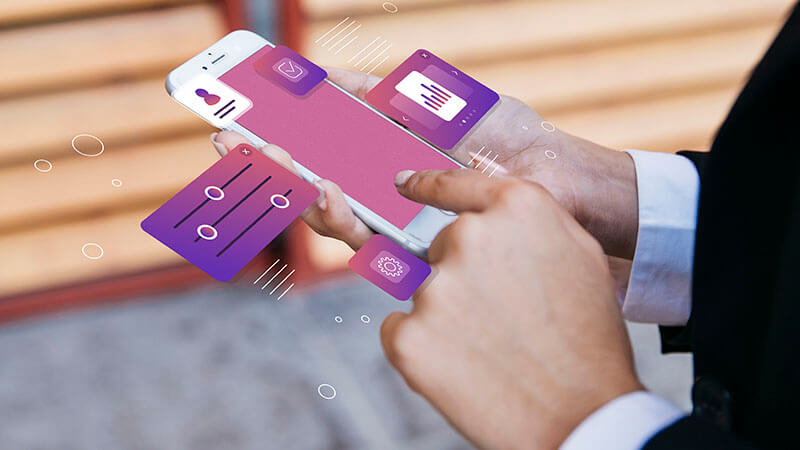In today’s digital age, sending and receiving money has never been easier thanks to electronic funds transfer (EFT). In this article, we will define EFT, discuss their importance in today’s world, and explore their advantages over other methods of transferring money.
What is Electronic Funds Transfer?
Electronic Funds Transfer (EFT) or usually called electronic transfer funds by accident is an electronic money transfer vehicle widely used worldwide. Instead of using traditional transfer methods such as paper forms or bank transfers, ETF allows users to transfer money quickly and conveniently through the electronic system.

Types of EFT Payments
There are several types of EFT payments available that offer fast and easy delivery. While EFT is a popular payment method globally, it is important to understand the different options available. Here are some of the most common types of EFT payments:
Electronic Checks
This method involves generating a digital check with the payer’s authorization, and it is commonly used for vendor payments.
Direct Deposit
With direct deposit, funds are automatically deposited into an account with minimal paperwork. This method is commonly used for employee payments but requires setting up the deposit by providing bank account information.
Phone Payments
This method involves supplying payment information, usually a card number, to the recipient over a phone call. The transaction happens on the recipient’s line, and the payee does little after verbal authorization. This method is often used for utility payments.

ATM Transactions
ATM transactions occur globally, where a person can withdraw cash from their bank account by inserting their debit card into a machine. The bank receives the information and dispenses the requested amount instantly.
Card Transactions
During a point-of-sale transaction, credit or debit cards are commonly used worldwide, replacing cash. This can be in person or online, and the account information is electronically received for payment approval, and then the payment is scheduled and processed within a day or two.
Internet Transactions
This method involves manually entering payment information into a point of sale field online, followed by clicking a payment button. The process is similar to card transactions and transfers the funds within a couple of days for payment processing.
Advantages of Electronic Funds Transfer
EFT have numerous advantages over traditional methods of transferring money, including:
- Simplicity: EFT can be initiated from anywhere with an internet connection, making it easy for people to send and receive money without leaving their homes.
- Cost-effectiveness: EFT often has lower transaction fees than other methods, making it a more affordable option for many people.
- Versatility: EFT are suitable for both domestic and international transfers, making it a convenient option for people who need to transfer money across borders.
How Electronic Funds Transfer Works
EFT involves a simple process of sending and receiving money electronically through a financial institution or a third-party service provider. These transactions are typically completed within a few hours to a few days depending on security and safety procedures. EFT are also highly secure, with measures in place to protect against fraud and unauthorized access.
Here’s a shorter example of EFT in action: A Chinese person living in Cambodia needs to convert USD to CNY. They can use an EFT service to electronically transfer the funds, which is highly secure and typically processed within a few hours to a few days. This ensures the safety and security of the transaction, and allows for efficient currency conversion without physically visiting a bank or exchange booth.

Comparison between Electronic Funds Transfer and Wire Transfer
While EFT have many advantages over traditional methods of transferring money, they do have some limitations when compared to wire transfers. Here are some key differences to keep in mind:
- Convenience: EFT are more convenient than wire transfers because they can be done from anywhere with an internet connection, while wire transfers often require visiting a bank or service point to complete the transaction.
- Cost: EFT are generally less expensive than wire transfers, with transaction fees often being charged per transaction or in packages, while wire transfers often have both transaction fees and transfer fees.
- Processing Time: EFT can be processed within a few hours to a few days depending on security and safety procedures, while wire transfers are typically processed within a few days to a few weeks.
- Transfer Limit: Wire transfers typically have a higher transfer limit than EFT, although this can vary depending on the bank or service used.
How to Use Electronic Funds Transfer
Using EFT is easy and straightforward. Here are some steps for initiating an electronic transfer fund:
- Choose a financial institution or third-party service provider that offers EFT.
- Provide the necessary information to initiate the transfer, including the recipient’s name, account number, and bank routing number.
- Verify the details of the transfer and confirm that you want to proceed with the transaction.
- Wait for the transfer to be processed, which typically takes a few hours to a few days.
- To ensure a successful transaction, it is important to verify all information before initiating the transfer and to keep track of the transfer’s progress.
Conclusion
ETFs are a convenient and cost-effective way to send and receive money in today’s digital age. While wire transfers may have some advantages, EFT offers a convenient and secure option for people who need to transfer money across borders. When choosing an EFT provider, it is important to do research and choose the option that best meets your specific needs. By using EFT, people can save time and money while enjoying the convenience of sending and receiving money electronically.
Explore more:







